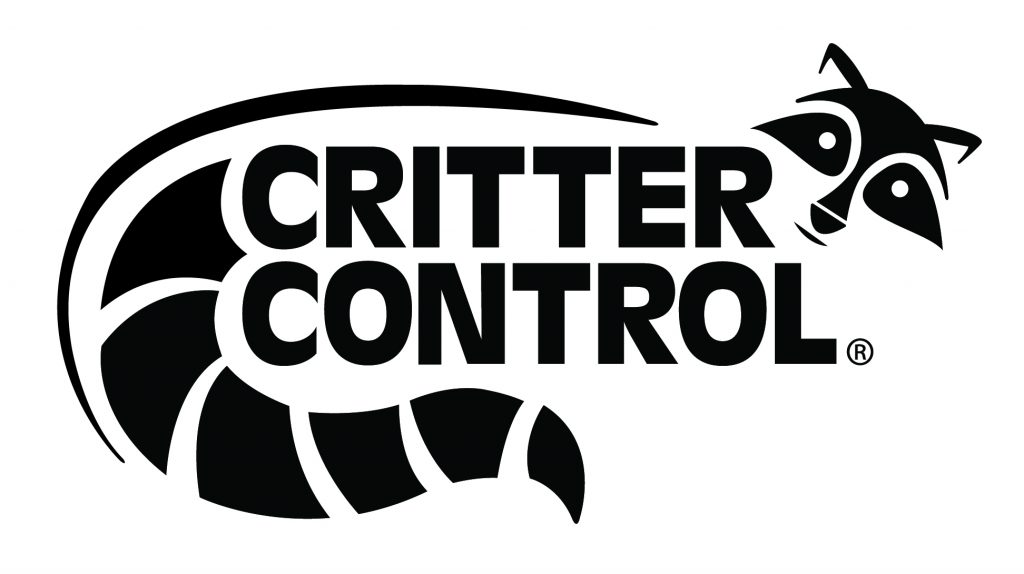Common Types of Mole and Vole Repellents
Mole and vole repellents can be broadly grouped into sonic, ultrasonic (sound outside the range of human hearing), electronic and chemical. The sonic/electronic group includes devices like strobe lights and ultrasonic or sonic noise or vibration emitters that irritate the pest animal and forces them to seek out other places to live. For example, a sonic mole repellent device, when placed into the ground, sends out a sonic pulse that creates vibration and discourages moles from burrowing nearby. Chemical repellents are compounds that repel the mole or vole by causing them to not eat a particular plant, or from continuing to use the area that received the repellent application. Mole and vole repellent products range from chemicals that repel by taste, irritation and excretory products from common predators. Repellents are meant to make an environment uncomfortable enough for a vole that it moves to another location.
Why DIY Approaches to Repellents May Be Ineffective Or Dangerous
There is much debate regarding the effectiveness of repellents. While some repellents do work for a while, the mole or vole may become tolerant of the repellent, making it ineffective. Generally, getting rid of moles and voles in the long-term requires an integrated pest management program – a program that uses all the information about an animal’s habits, habitats and behavior to provide control. Some problems and reasons for repellents not working or being unsafe include:
• The sounds and vibrations from sonic, ultrasonic and electronic repellents may work extremely well in the short-term. However, these devices may be expensive and require frequent maintenance, and the mole or vole may get used to the noise or vibration after awhile. These factors may also apply to the chemical repellents. The mole or vole at first may be repelled, but in time it gets used to the repellent and it no longer has the desired effect.
• Chemical repellents usually need to be replaced at some interval since rain or exposure to other environmental conditions may reduce the repellent’s effectiveness. Most chemical repellents are not “set and forget”.
• The homeowner doesn’t take the time to carefully read and follow the product label, using the repellent for the wrong animal, in the wrong location, improperly using the repellent on edible plants, or failing to regard safety restrictions for pets, children or other species of wildlife. Many mole and vole repellents are available, so you must match the repellent to the conditions and the animal that you want to repel. Misusing a repellent may be a violation of state or federal law and could result in a fine or other legal proceedings.
• The timing for repellent applications must be correct. In order to be effective and prevent damage, the homeowner must apply the repellent before the mole actively burrows and feeds on earthworms and grubs, or voles begin to damage and feed on plants. Once the mole or vole finds a good feeding area, it is usually very hard to get the population under control. When dealing with an established mole or vole population, a better alternative may be to take quick, decisive action using baits, traps and a habitat change to make it less attractive to moles or voles.
Find the Best Wildlife Removal Company
Professional wildlife control professionals are trained and certified to properly and safely employ whatever repellent chemicals and devices are effective and efficient.
When you hire a wildlife control operator, you get someone who is experienced and knows which techniques and products will resolve the issues. In addition, you can be sure your pest management professional knows the habits, habitats, and behavior of voles and moles and can recommend the use of an integrated pest management program to provide long-term, not just short-term, effectiveness.
Also, your pest management professional can determine whether the problem is best addressed by using traps and baits, rather than repellents. Mole and vole control is very challenging, so look to your pest management professional to provide a service that is safe, effective and is warranted to ensure the desired results.


